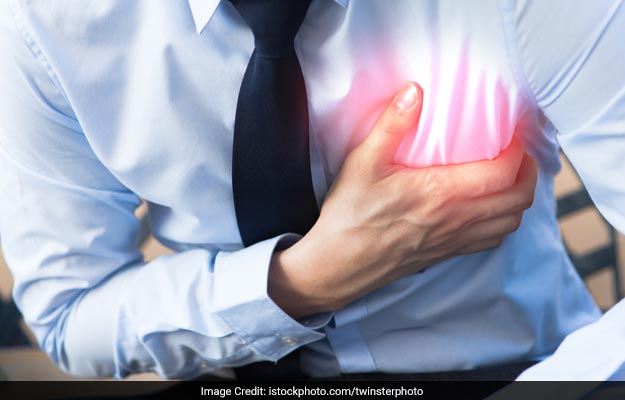Researchers have developed cardiac muscle tissue made of spider silk, to investigate whether artificial silk protein could be suitable for engineering cardiac tissue. Ischaemic diseases such as cardiac infarction leads to irreversible loss of cardiac muscle cells, which is the main cause of reduced cardiac functionality that affects the working of the heart.

An arificial heart made of spider silk
HIGHLIGHTS
- Researchers have developed cardiac muscle tissue made of spider silk
- Silk could be the key to artificial cardiac tissue
- Silk protein eADF4 for the production of cardiac tissue
For the study, published in the journal Advanced Functional Materials, the team investigated the suitability of the silk protein eADF4(?16) produced in the laboratory for the production of cardiac tissue.
The research involved applying a thin layer of the silk protein to a glass slide. The technique is based on the fact that cells with a negatively charged surface adhere to films made of the eADF4(?16) silk protein due to its positive charge.
The study focussed, in particular, on cardiac cell functionality. The researchers compared these cells to cells that they had applied to a film of fibronectin, which is similar to the natural environment of cardiac cells.
No functional differences between the two were observed.
The researchers were able to demonstrate, for instance, that factors responsible for hypertrophy -- enlargement of cardiac cells for instance in athletes and pregnant women -- also led to a growth in volume in the cardiac cells that had been cultured on a film of eADF4(?16).
The possibilities of printing artificial silk proteins using 3D printing technology therefore represent the first steps towards future methods for engineering functional cardiac tissue, the researchers noted.
With inputs from IANS
DoctorNDTV is the one stop site for all your health needs providing the most credible health information, health news and tips with expert advice on healthy living, diet plans, informative videos etc. You can get the most relevant and accurate info you need about health problems like diabetes, cancer, pregnancy, HIV and AIDS, weight loss and many other lifestyle diseases. We have a panel of over 350 experts who help us develop content by giving their valuable inputs and bringing to us the latest in the world of healthcare.












